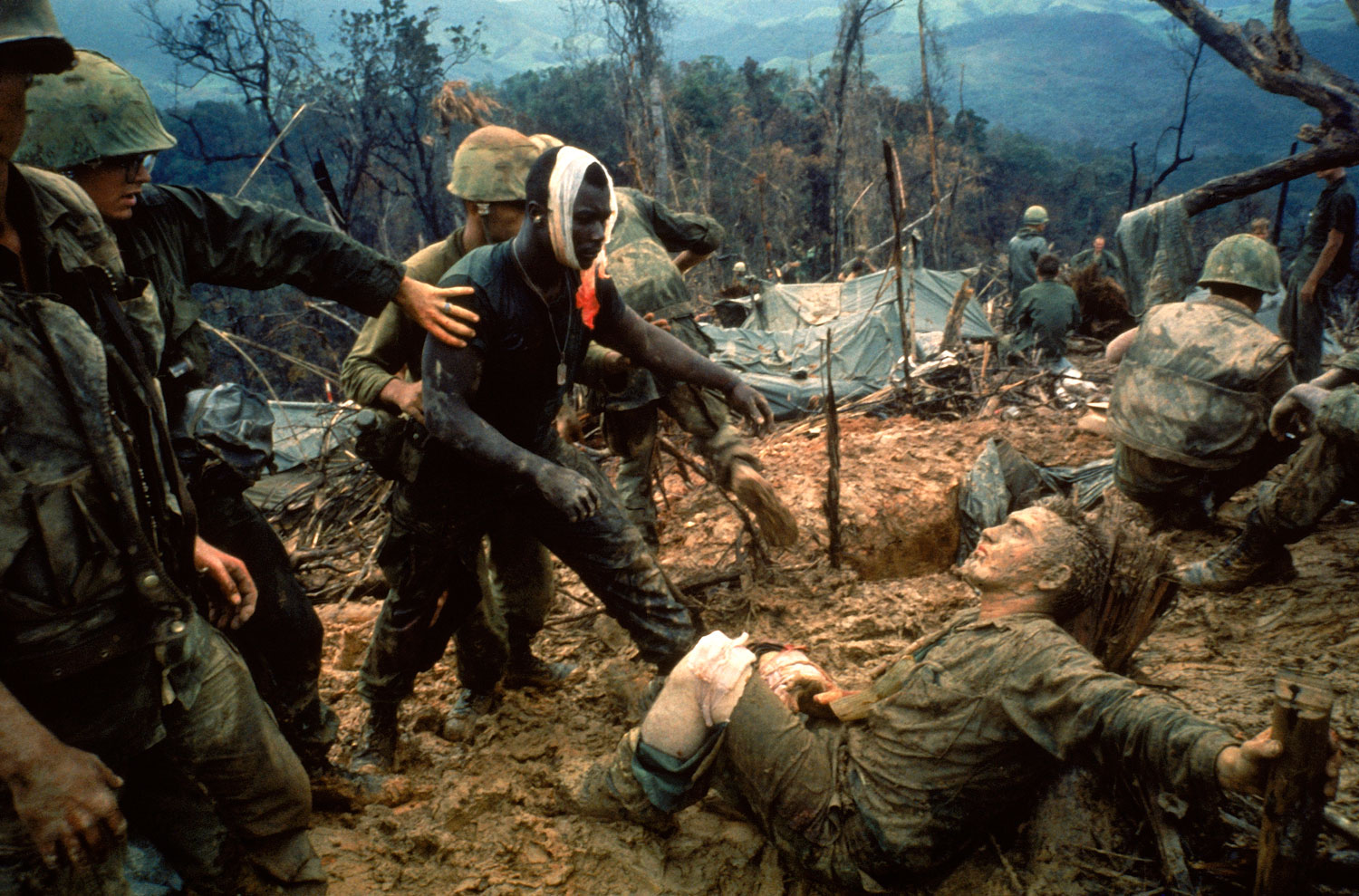
In October 1966, on a mud-splattered hill just south of the Demilitarized Zone (DMZ) in Vietnam, LIFE magazine’s Larry Burrows made a photograph that, for generations, has served as the most indelible, searing illustration of the horrors inherent in that long, divisive war — and, by implication, in all wars.
In Burrows’ photo, commonly known as Reaching Out, an injured Marine — Gunnery Sgt. Jeremiah Purdie, a blood-stained bandage on his head — appears to be inexorably drawn to a stricken comrade. Here, in one astonishing frame, we witness tenderness and terror, desolation and fellowship — and, above all, we encounter the power of a simple human gesture to transform, if only for a moment, an utterly inhuman landscape.
The longer we consider that scarred landscape, however, the more sinister — and unfathomable — it grows. The deep, ubiquitous mud slathered, it seems, on simply everything; trees ripped to jagged stumps by artillery shells and rifle fire; human figures distorted by wounds, bandages, helmets, flak jackets; and, perhaps most unbearably, the evident normalcy of it all for the young Americans gathered there in the aftermath of a firefight on a godforsaken hilltop thousands of miles from home.
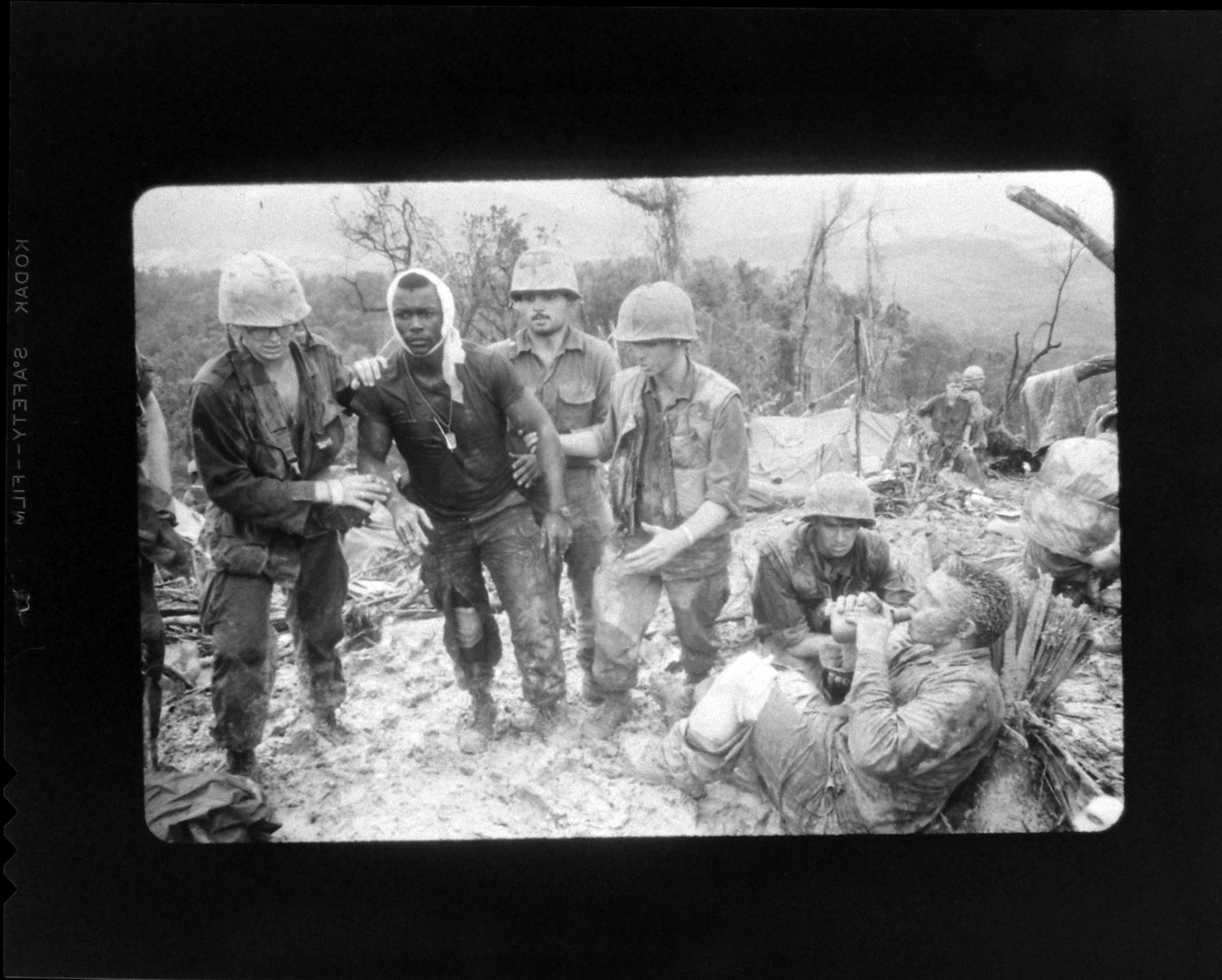
The scene, which might have been painted by Hieronymus Bosch — if Bosch had lived in an age of machine guns, helicopters and enormous, mechanized military interventions on the far side of the globe — possesses a riveting, nightmare quality that’s rarely been equaled in war photography, and certainly never surpassed.
All the more extraordinary, then, that LIFE did not even publish the picture until several years after Burrows shot it. The magazine did publish a number of other pictures Burrows made during that very same assignment, in October 1966 — pictures seen here, in this gallery on LIFE.com, along with other photos that did not originally run in LIFE. But it was not until five years later, in February 1971, that LIFE finally ran Reaching Out for the first time. The occasion of its first publication was a somber one: an article commemorating Burrows, who was killed that month in a helicopter crash in Laos.

In that Feb. 19, 1971, issue, LIFE’s Managing Editor, Ralph Graves, wrote a moving, appropriately understated tribute titled, simply, “Larry Burrows, Photographer.” A week before, Graves noted, a helicopter carrying Burrows and fellow photographers Henri Huet of the Associated Press, Kent Potter of United Press International and Keisaburo Shimamoto of Newsweek was shot down over Laos.
“There is little hope,” Graves asserted, “that any survived.” He then wrote:
I do not think it is demeaning to any other photographer in the world for me to say that Larry Burrows was the single bravest and most dedicated war photographer I know of. He spent nine years covering the Vietnam War under conditions of incredible danger, not just at odd times but over and over again. We kept thinking up other, safer stories for him to do, but he would do them and go back to the war. As he said, the war was his story, and he would see it through. His dream was to stay until he could photograph a Vietnam at peace.
Larry was English, a polite man, self-effacing, warm with his friends but totally cool in combat. He had deep passions, and the deepest was to make people confront the reality of the war, not look away from it. He was more concerned with people than with issues, and he had great sympathy for those who suffered …
He had been through so much, always coming out magically unscathed, that a myth of invulnerability grew up about him. Friends came to believe he was protected by some invisible armor. But I don’t think he believed that himself. Whenever he went in harm’s way he knew, precisely, what the dangers were and how vulnerable he was.
John Saar, LIFE’s Far East Bureau Chief . . . often worked with Larry, and today he sent this cable:
“The depth of his commitment and concentration was frightening. He could have been a surgeon or soldier or almost anything else, but he chose photography and was so dedicated that he saw the whole world in 35-mm exposures. Work was his life, eventually his death, and Burrows I think wouldn’t have bitched.”
All these years later, it’s still worth recounting one small example of the way that the wry Briton endeared himself to his peers, as well as his subjects. In typed notes that accompanied Burrows’ film when it was flown from Vietnam to LIFE’s offices in New York, the photographer apologized — apologized — for what he feared might be substandard descriptions of the scenes he shot, and how he shot them: “Sorry if my captioning is not up to standard,” Burrows wrote to his editors, “but with all that sniper fire around, I didn’t dare wave a white notebook.”
In April 2008, after 37 years of rumors, false hopes and tireless effort by their families, colleagues and news organizations to find the remains of the four photographers killed in Laos in ’71, their partial remains were finally located and shipped to the States. Today, those remains reside in a stainless-steel box beneath the floor of the Newseum in Washington, D.C. Above them, in the museum’s memorial gallery, is a glass wall that bears the names of almost 2,000 journalists who, since 1837, have died while doing their jobs.
Kent Potter was just 23 years old when he lost his life doing what he loved. Keisaburo Shimamoto was 34. Henri Huet was 43. Larry Burrows, the oldest of the bunch, was 44.
Liz Ronk, who edited this gallery, is the Photo Editor for LIFE.com. Follow her on Twitter @lizabethronk.


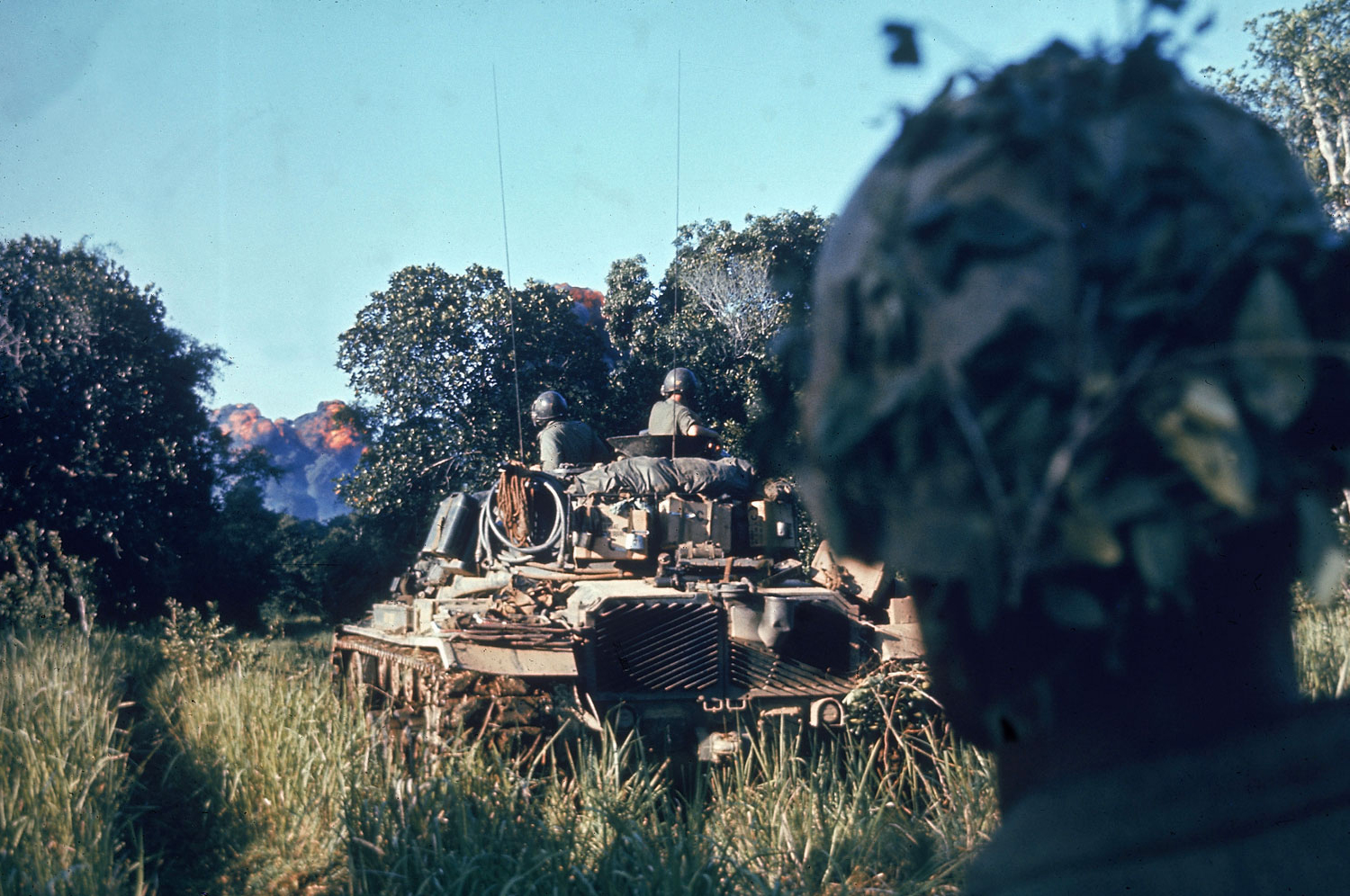


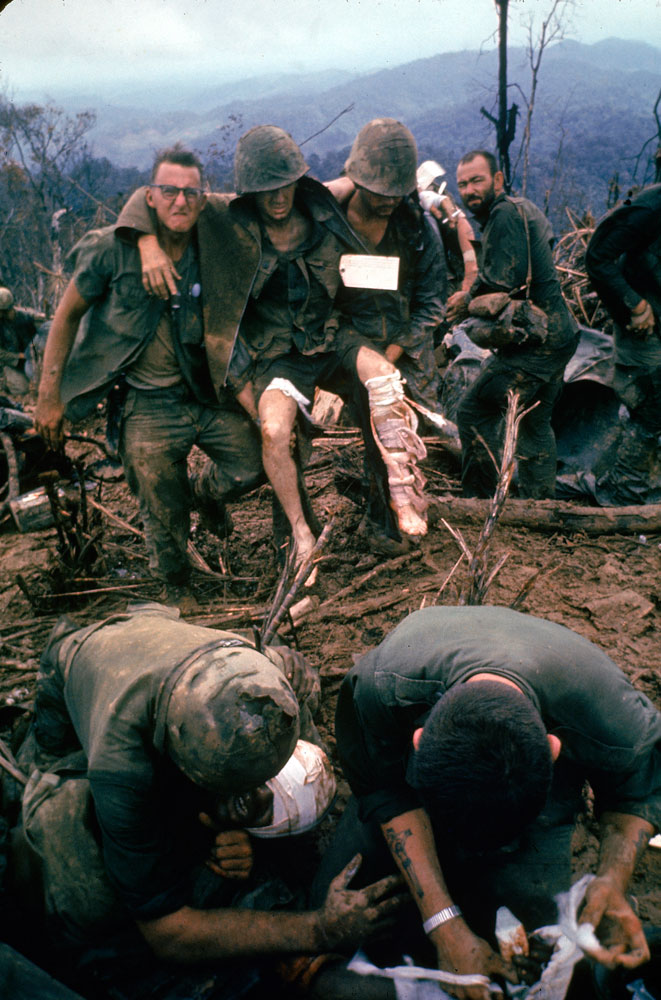




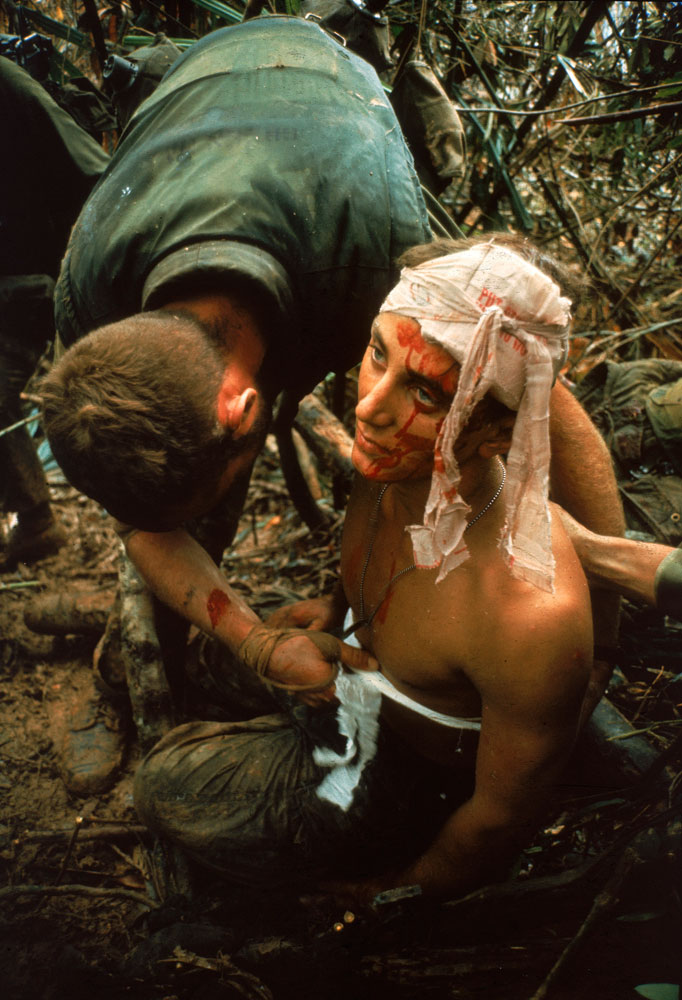
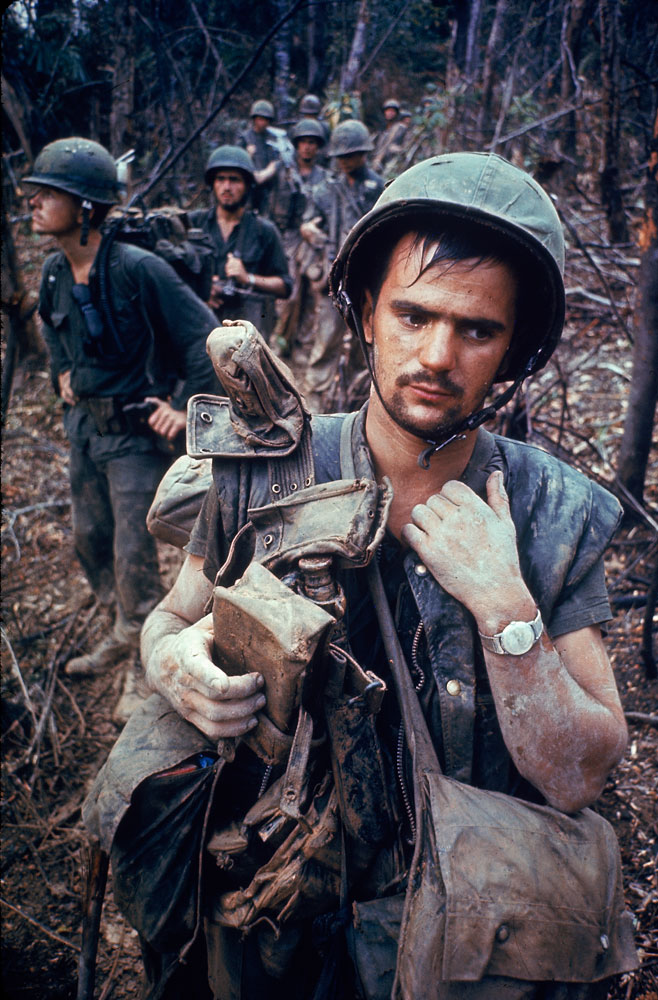
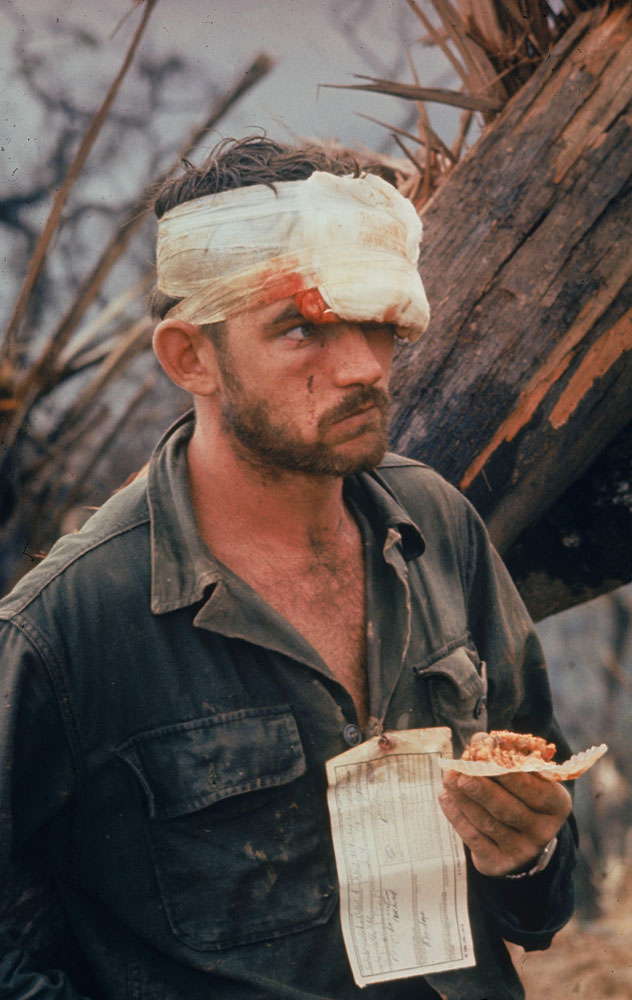
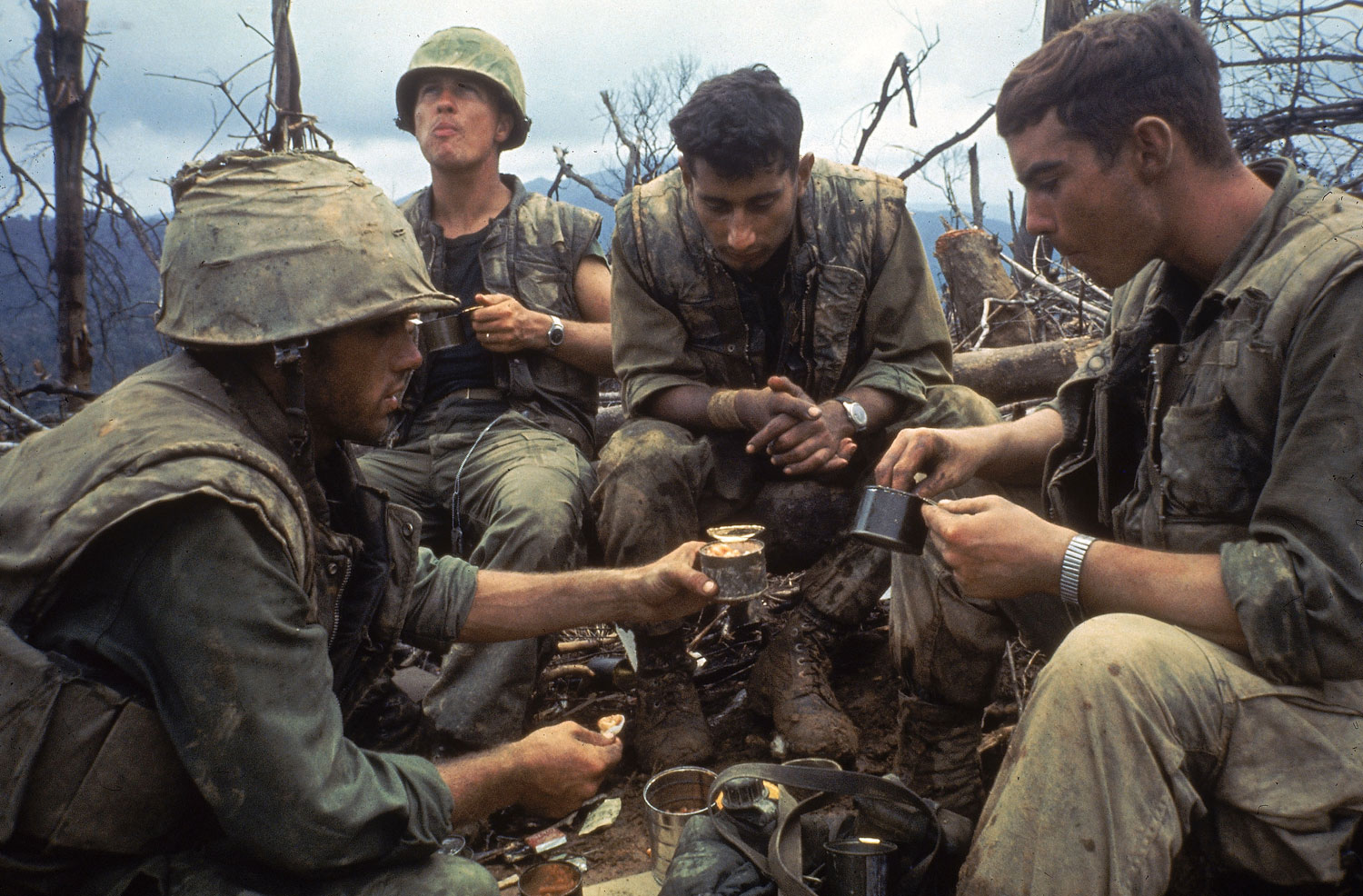
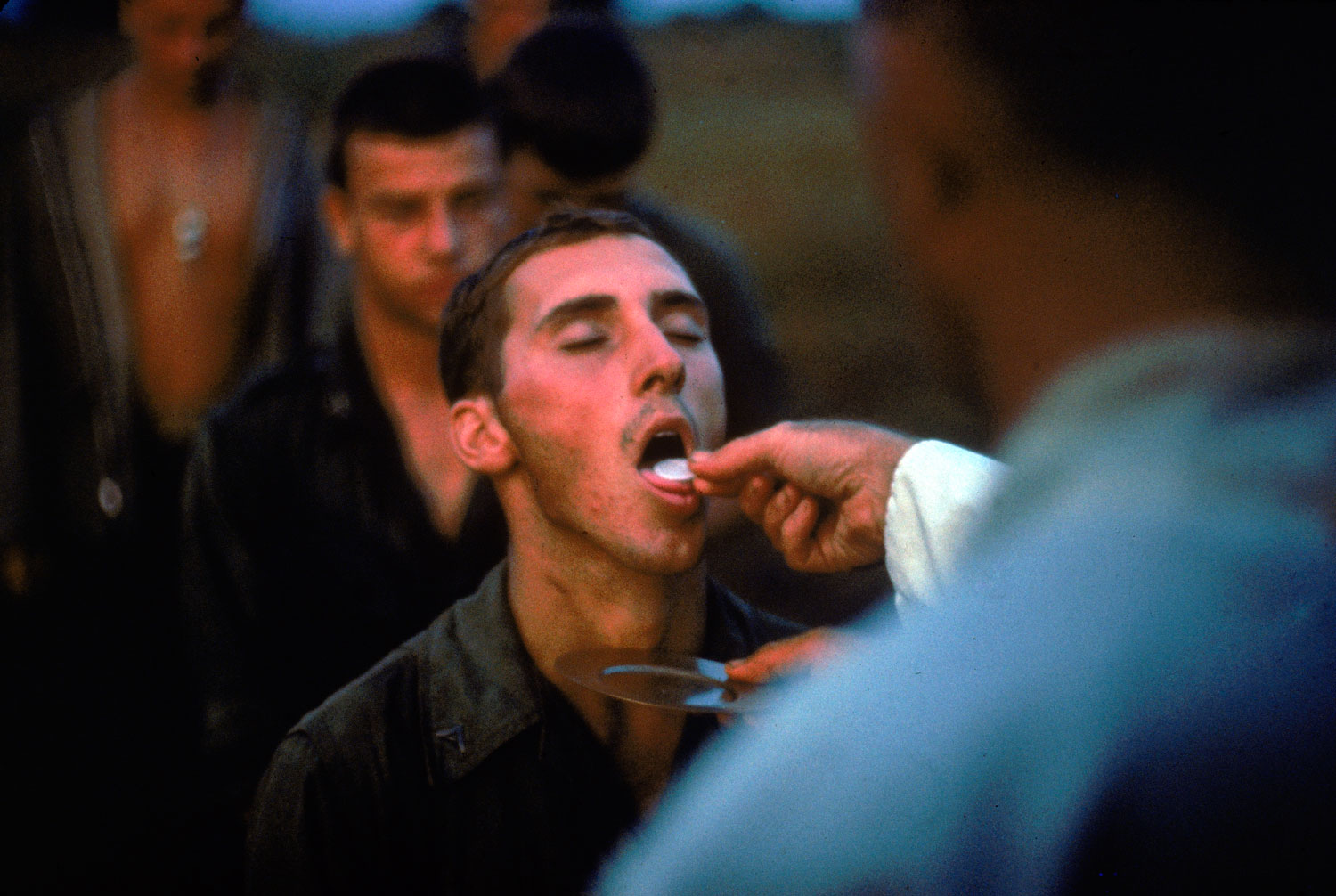
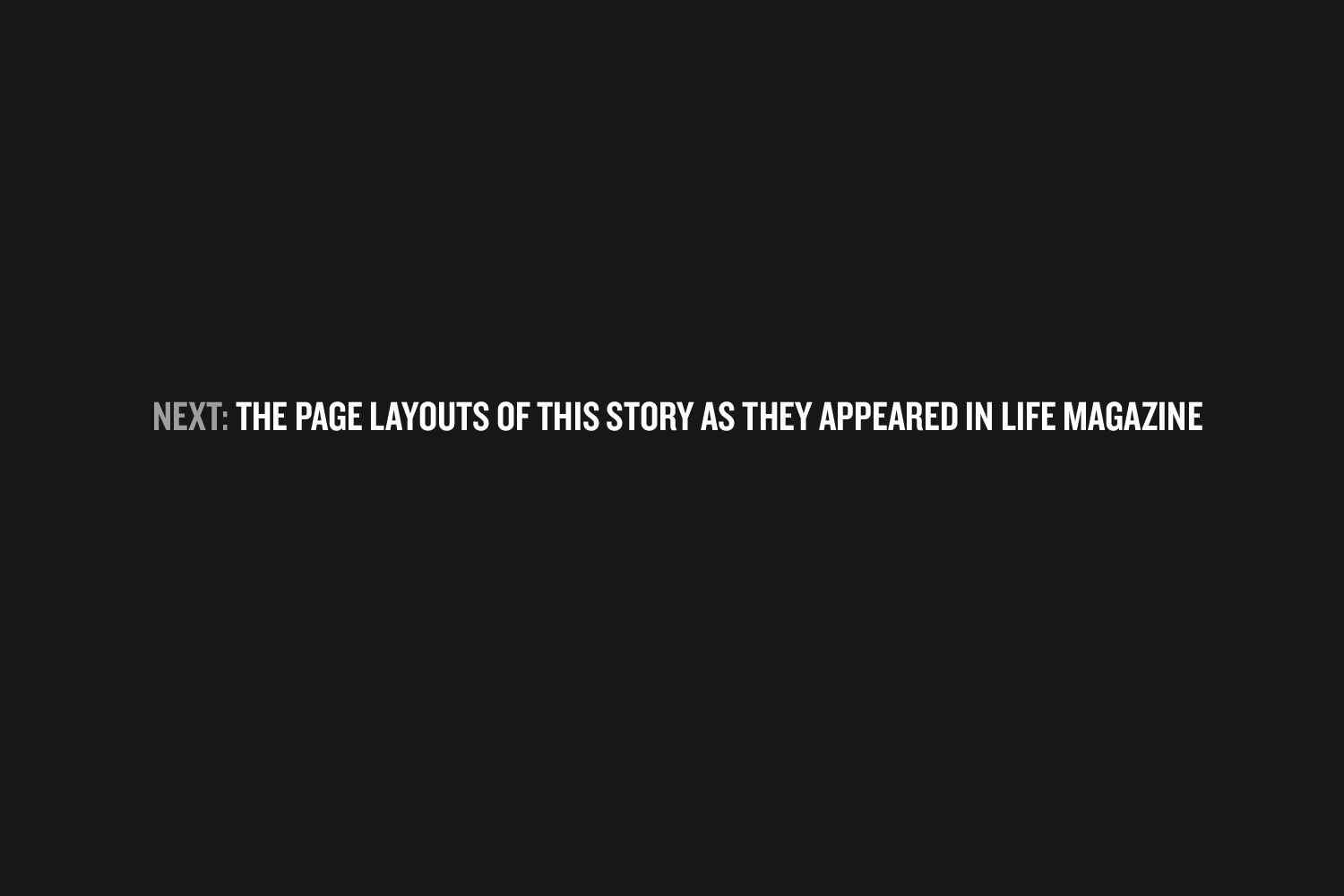
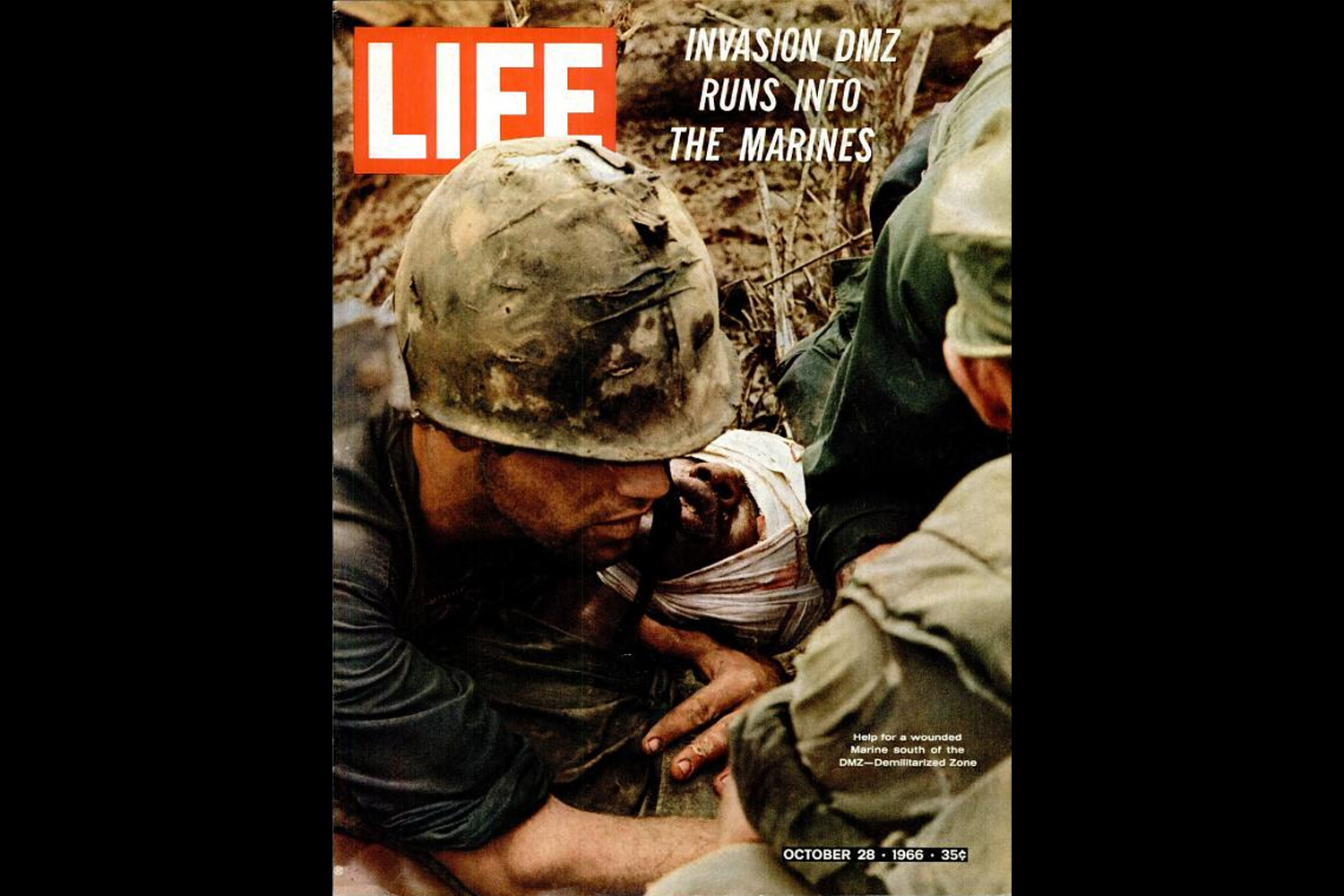
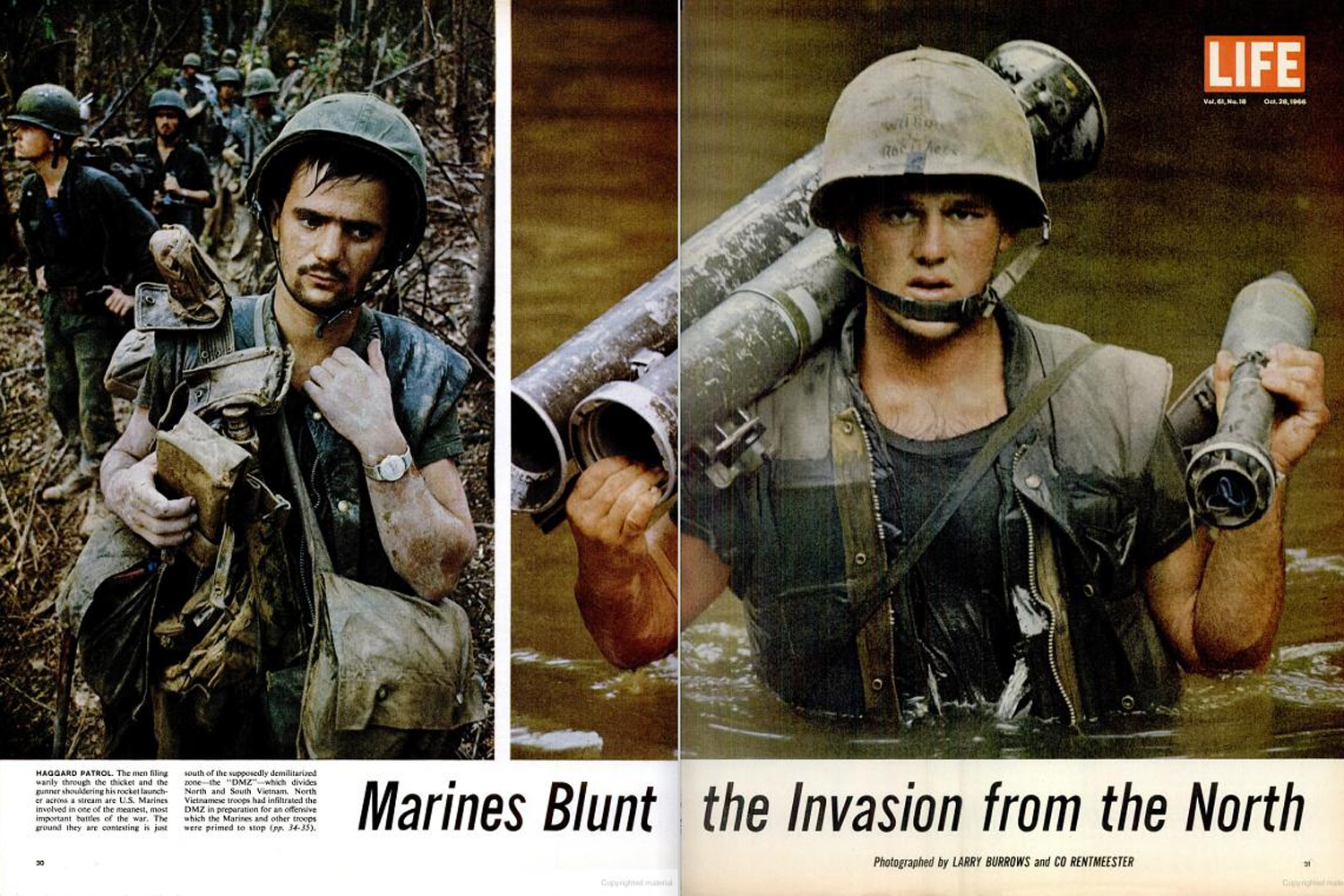

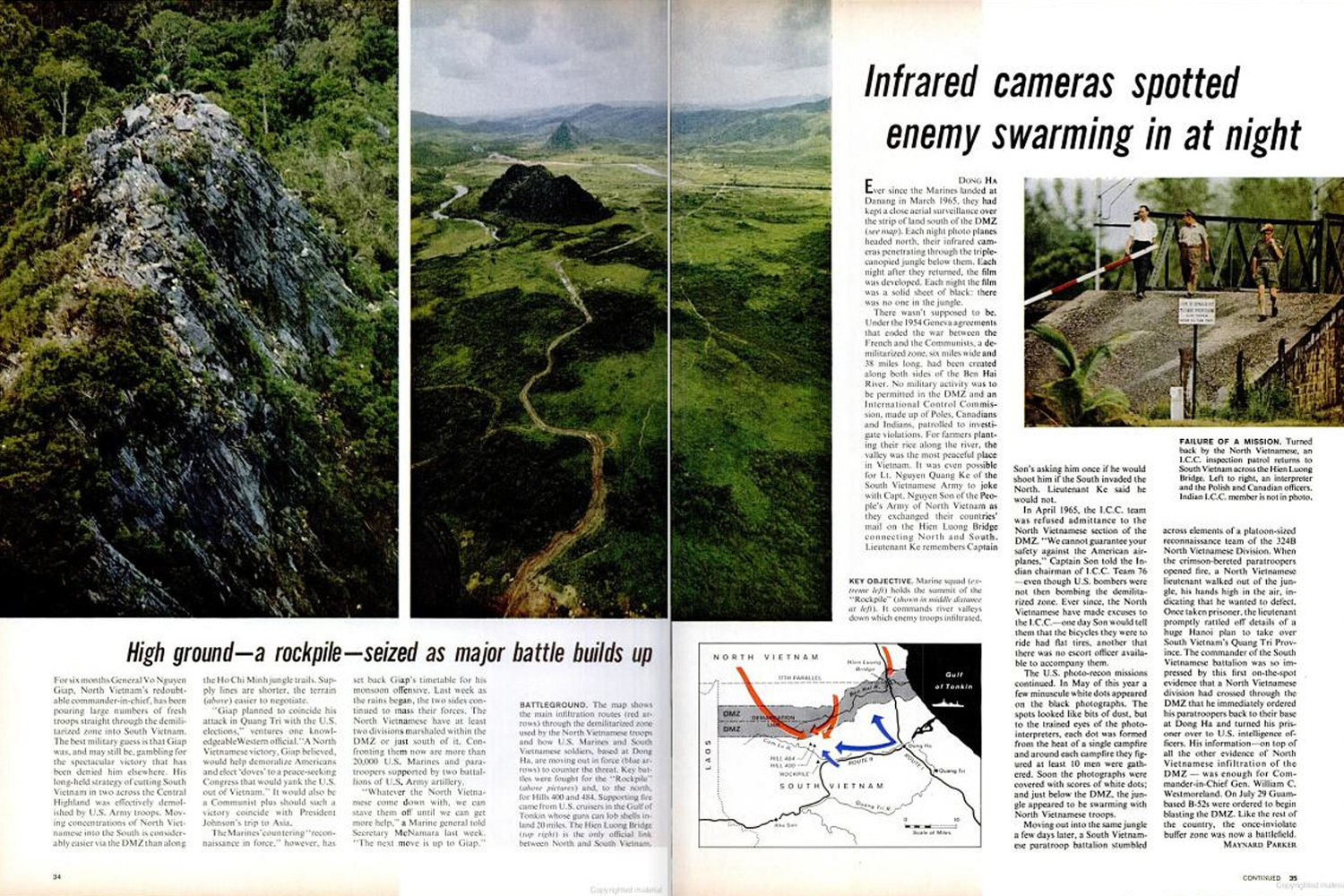

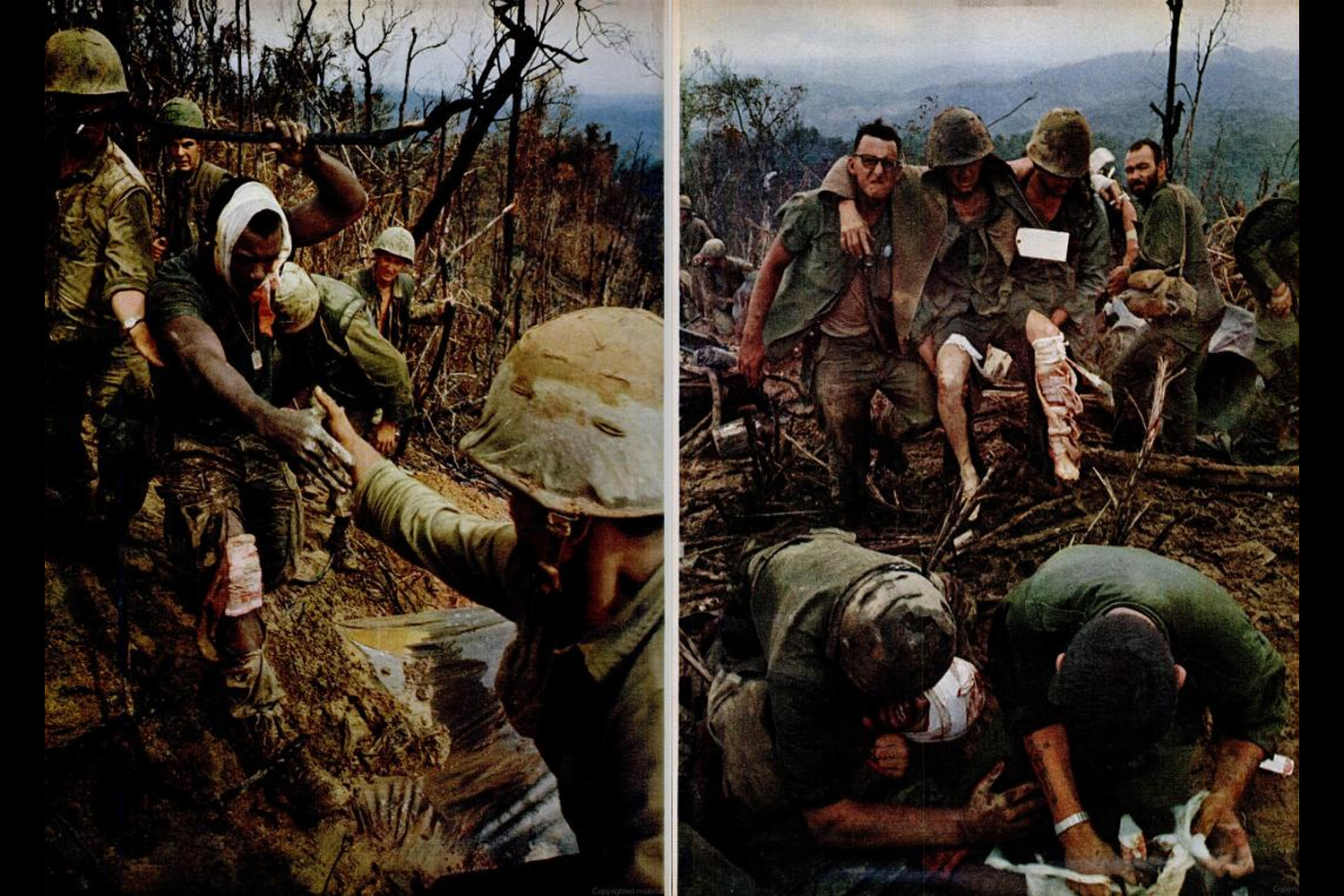
More Must-Reads from TIME
- How Donald Trump Won
- The Best Inventions of 2024
- Why Sleep Is the Key to Living Longer
- Robert Zemeckis Just Wants to Move You
- How to Break 8 Toxic Communication Habits
- Nicola Coughlan Bet on Herself—And Won
- Why Vinegar Is So Good for You
- Meet TIME's Newest Class of Next Generation Leaders
Contact us at letters@time.com